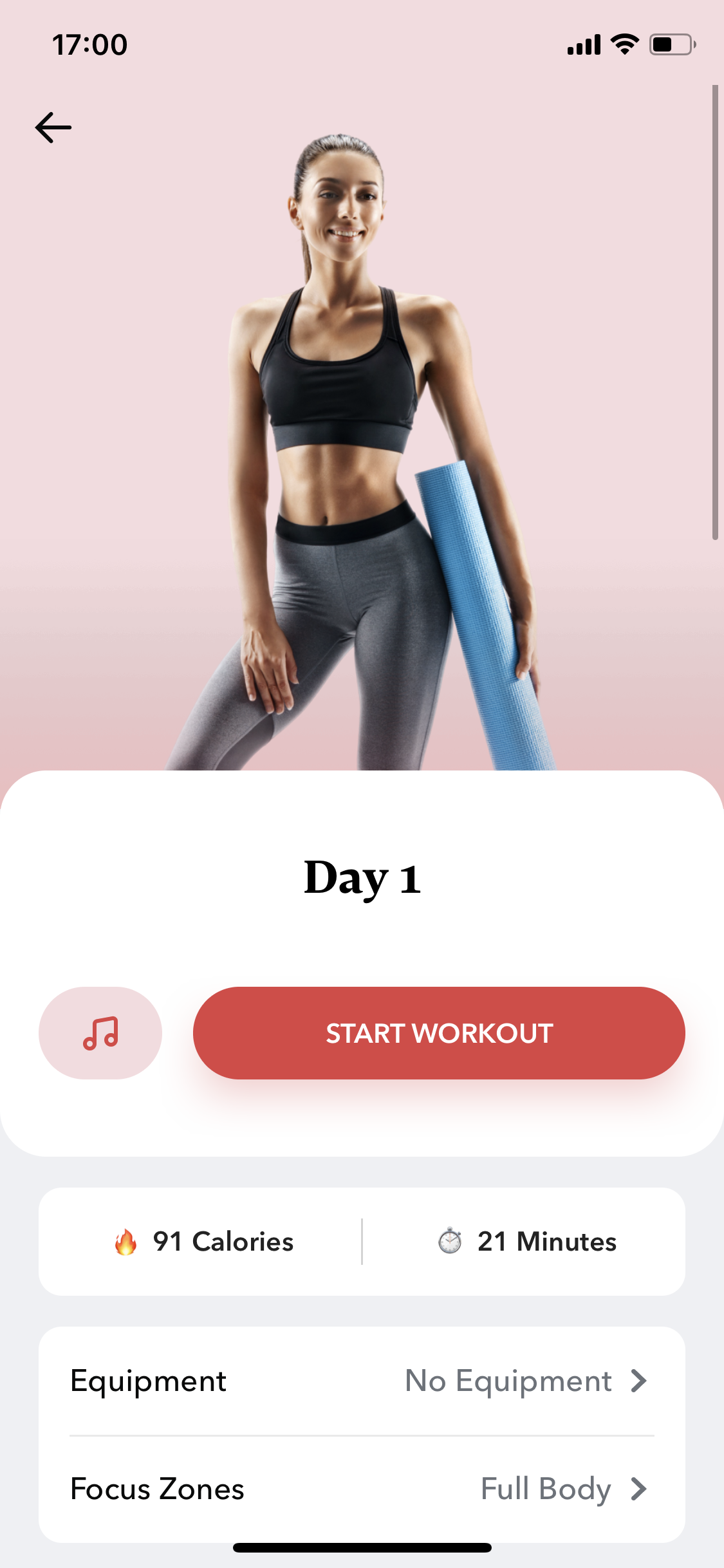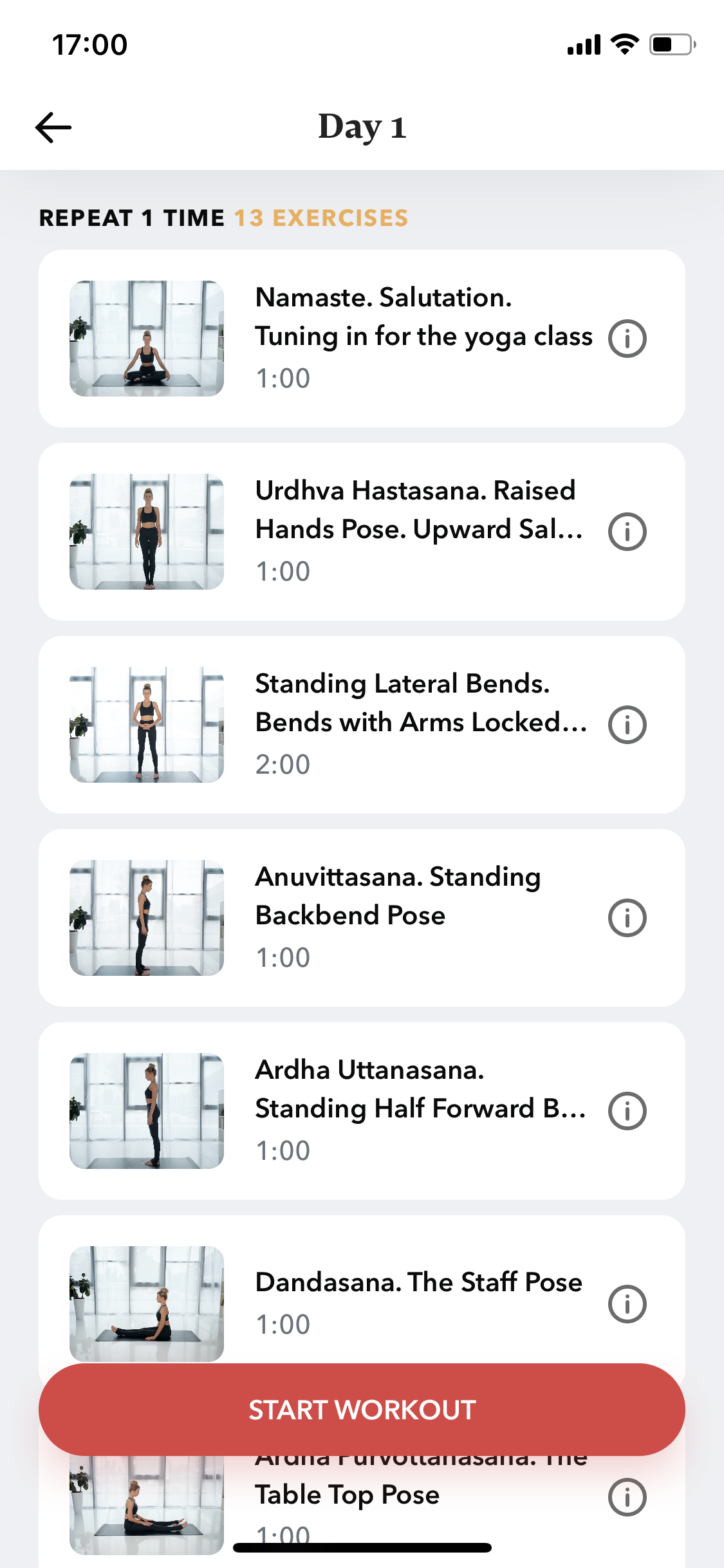Being a CEO is not an easy job. The buck stops with you, so every day you’re in the center of all important decisions, which ultimately shape the future of your company and its stakeholders. Trying to be better is then largely about rationality and confidence in your decision-making. In other words, the journey starts from within.
As the CEO of BetterMe, an ecosystem of health & fitness apps, I’ve been constantly thinking about my strengths and weaknesses as well as what I can do to improve my leadership skills. The answer, it turned out, can be traced to the culture of the East and particularly yoga.
Devoting myself to a consistent yoga practice for a few years, I’ve found out that most of what you hear from top-of-the-mind business coaches today is really grounded in the writings of yogic sages, such as Patanjali, who lived over 2,000 years ago. What did they have to say?
Why People Fail at Meditation
Most of the time when you hear yoga or Eastern philosophy, you think meditation. It seems like meditation is everywhere these days, from lifestyle magazines to secluded retreats touted by the world’s most inspiring CEOs — everyone talks about how meditation is the source of truly disruptive ideas. In reality, most of us can’t even sustain the mediation habit long enough to get any meaningful benefits.
According to Patanjali, yoga is an eight-rung ladder system (he called them limbs), of which meditation (or dhyana) is number seven. Without first internalizing all the “prerequisite” practices that are supposed to get you in the right state, simply sitting down to meditate is like trying to start a car from the fourth gear. You wouldn’t be able to concentrate or let go of your thoughts, which will feel evermore present and stress you out even more as a result. So what’s the proper path to meditation?
How to Get Your Meditation Practice to Stick
Patanjali said that your mind can’t find peace and be free of external influence if you don’t follow robust ethical and moral principles. In traditional Ashtanga yoga, those two steps are referred to as yamas (don’ts) and niyamas (dos), listing such directives as truthfulness, acceptance and self-reflection.
In business, acting ethically and morally right from the start might seem obvious, but can actually give your team a true competitive advantage by funneling all your energy into the positive aspects of your business instead of trying to avoid getting caught misrepresenting the truth by your customers (or regulators).
The third step to meditation is learning asanas, or the poses most people associate with yoga. Besides being a great form of exercise and all the benefits that come with that, asanas are really meant to help your body endure long meditation sessions while sitting perfectly still.
The fourth step is pranayama (from Sanskrit prana or energy and ayam or expansion), which is the practice of controlled breathing. Your breathing pattern is frequently associated with your state of mind. When you’re agitated, your breaths are shallow and frequent. When you’re relaxed, they too become deeper and slower. Some yogis even believe that every person is given a certain number of breaths in life. So by slowing down their breath, they’ll be able to live longer.
The overall goal of pranayama is to become more in tune with your energy, more grounded and less stressed. When you’re able to control your emotions you’re able to see things clearly. I’ve taken it as a rule now to not make any long-term decisions when I’m influenced by emotions — I just postpone them to the following day.
The first four steps of yoga are considered to be more of an external practice, which eventually leads to the four internal steps: withdrawal of senses (pratyahara), concentration (dharana), meditation (dhyana) and, finally, nirvana (samadhi). These practices are brought together to gradually uncover the reality in a different light, unobstructed by ideas that are imposed on you by your social environment.
When I talk to other CEOs about their experience with meditation, they usually say they couldn’t get the results everyone was talking about and dropped it soon after. However, every time I’ve walked someone through the practice of pranayama, the retention rate increased significantly.
Today, I advise any CEO thinking about picking up meditation to actually give pranayama a try first and see how they feel. If they want to start meditating right after — not a problem. But I bet the straightforward practice of focusing on your breath will feel like a more real way for many to get aligned with their inner voice and develop resilience against any outside factors.
In fact, pranayama has been so overlooked by the mainstream mental health community that I’ve discovered a niche opportunity in the market, which led to my company releasing BetterMe Meditation. Unlike other apps that employ narratives or sounds, it’s solely focused on controlled breathing and is unique in that way.
There’s no better time to start than now — the official International Day of Yoga. To celebrate, we’re making all the yoga programs within the BetterMe: Home Workout & Diet app free for a limited time, so you can tap into the world of mindfulness, become resilient and lead better.





